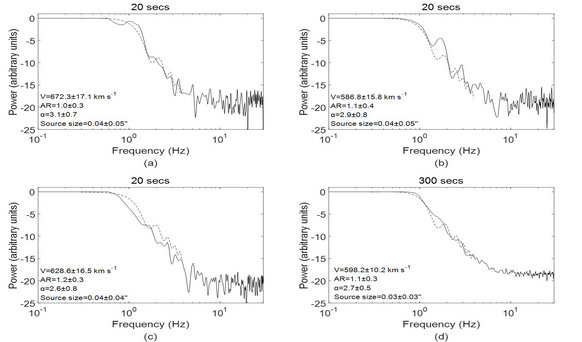The First IPS phenomenon unveiled by FAST
The radio signal from a distant compact radio source is scattered by the density inhomogeneities of the solar wind. Consequently, a random diffraction pattern is observed on Earth (see Figure 1). This phenomenon is known as interplanetary scintillation (IPS).
Nowadays, as space exploration and technologies are developing well, solar-activity monitoring and space weather forecasting are becoming more critical. Ground-based IPS observations can be used to study the solar wind and to forecast space weather.

Figure 1: Scheme of IPS phenomenon. (Credit: J. A. González-Esparza et al., 2004)
A research team led by Prof. Peng Bo from National Astronomical Observatories of Chinese Academy of Sciences (NAOC) made the preliminary progress on observing IPS with FAST. The result was published online in Monthly Notices of the Royal Astronomical Society on May 20.
"This development is novel and of benefit to the wider astrophysical community," said the anonymous referee.
From 2016 to 2018, some distinctive observations of IPS sources like 3C 286 and 3C 279 were accomplished with FAST. Due to the wide frequency coverage of the ultra-wideband (UWB) receiver, 270–1620MHz, one can use both single-frequency and dual-frequency analyses to determine the projected velocity of the solar wind simultaneously.
Based on the extraordinary sensitivity of FAST, PhD Candidate Liu Lijia, the first author of the study, obtained the solar wind model-fitting parameters within 20 s (see Figure 2), the observing time is at least reduced by an order of magnitude compared to other radio telescopes.
With the radio frequency interference (RFI) mitigation strategy and an optimized model-fitting method the researchers developed, for the first time, the four fitting parameters and errors of the solar wind can be obtained at the same time.
"The FAST can play a unique role on IPS study, together with the key science cases, like pulsar search and timing, galaxy evolution through HI observations etc." said Prof. Peng Bo, the corresponding author of the study.

Figure 2: The model-fitting example of source 3C 286 with SSSF analysis mode. (Credit: Liu et al., 2021)
The paper can be accessed at https://academic.oup.com/mnras/article/504/4/5437/6278877?guestAccessKey=56326752-c212-424a-852e-0658190c5c6a
Media Contact: Prof. XU Ang, annxu@nao.cas.cn